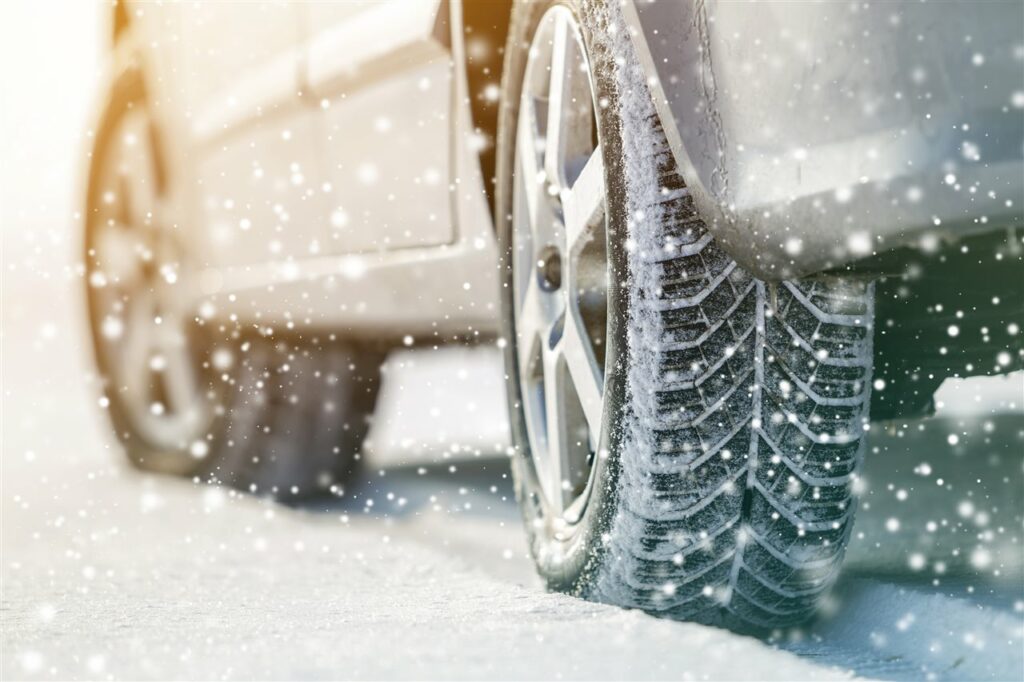Winter weather is just around the corner or may already have arrived. As most drivers know, it’s not always a wonderland. Snow, slush and ice can create extremely difficult driving conditions, even for the best of drivers. Not only can the roads be bad, but our vehicles can perform poorly if we fail to winterize them properly.
“Winter is the harshest time of the year for vehicles in most areas of the United States,” says Jason Fenske, car care expert and Engineering Explained YouTube channel creator. “Simple preparation tasks can go a long way toward making your car safer and helping it perform better during the winter months. Following a winterization checklist before the long-term cold settles in will save you headaches and money.”
As temperatures decrease, there are a few things you should do to ensure your vehicle is winter-weather ready. While most of these items can be done on your own, it’s always smart to rely on professional mechanics for the bigger issues.
1. Check the battery. At 32 degrees Fahrenheit, batteries lose a significant amount of power, and continue to get weaker as the temperature drops. Keep the surfaces of the battery clean and make sure all the connections are tight. If your car is a few years old, you may want to have a technician check the charging system to ensure it’s ready for the cold.
2. Check the oil. During cold winters, you need an oil that can handle low temperatures and quickly flow to critical engine parts on those icy mornings. A full synthetic oil, such as Mobil 1, is ideal for the winter months; it’s designed to flow well even in lower temperatures and is an excellent overall engine oil. For more information about Mobil 1, the world’s leading brand of synthetic motor oil, go to www.mobil1.us. To expand your options for getting an oil change, the Mobil 1 brand recently announced a multi-year partnership with YourMechanic.com, the leading mobile car repair network, which operates in more than 3,000 U.S. cities. If you’d like to make an appointment for a mechanic to perform a Mobil 1 oil change in your own driveway or garage, visit YourMechanic.com to schedule an appointment.
3. Check the antifreeze. The level and freshness of your vehicle’s antifreeze is crucial during the winter. It protects the engine from freezing as well as from rust and corrosion damage. Make sure the engine and coolant system are cool before you begin checking; opening a hot radiator is dangerous. If the antifreeze is low, add a 50/50 mix of approved antifreeze and distilled water.
4. Check the tires. Cool air is less dense, taking up less space in your tire and diminishing tire pressure. Make sure your tires are inflated properly. Too little pressure will amplify tread wear and intensify your fuel consumption; too much pressure can decrease traction, especially in wintry conditions. Check the side of your tire or owner’s manual for proper pressure setting. As with any season, make sure you also inspect your treads and replace any tires that look worn.
5. Check the wiper blades. Most windshield wiper blades are only good for a year. Check and clean the wiper blades. If the wipers are worn and smudge the windshield, they need to be replaced; frost or freezing rain mixed with worn wipers is a dangerous combination.
6. Crank up the heat. Don’t wait until the first time you need to warm up to turn on your heater and defroster. At that point, if the system isn’t working, it’s too late. “Exercise all the heater and defrost settings before winter weather strikes to make sure that they are working properly and address any problems immediately,” said Fenske. “The comfort of you and your passengers depends on it.”
7. Stock the car with “winter” items. Be smart and prepare ahead of time for unexpected problems. Be sure the following items are stocked in your trunk, especially if you live in an area that frequently experiences winter storms: ice scraper to clear the windows, tire chains if your area regularly sees heavy snowfall, battery jumper cables, first-aid kit, small shovel, blankets, gloves, snacks and a bag of salt or sand to add weight and improve traction.
“In addition to performing these winter preparation tips, you should always drive carefully during the winter, especially when there’s snow or ice on the ground,” says Fenske. “Being cautious and doing simple maintenance will keep you and your vehicle safe and stress-free.”
For more information on Mobil 1 motor oil and how it can help your engine run better and longer, visit www.mobil1.us. (BPT)
Susan Brewer Service First Real Estate (636)936-8600
Published on 2022-01-03 13:52:32


